The Malvern Hills in Worcestershire have long been a magnet for nature lovers and photographers, with their rolling landscapes, vibrant flora, and serene atmosphere. This spring, I set out to capture one of the season’s most anticipated spectacles: the blooming of bluebells. While the charming flowers didn’t disappoint, the hills offered a few delightful surprises along the way. This trip is a follow-up to find more Bluebells after my trip to Crickley Hill and Tiddesley Wood the day before.
A Focus on Bluebells
One of the standout shots from my trip is a close-up of a bluebell, its cluster of purple bell-shaped blooms hanging gracefully from a slender stem. Capturing this image presented a technical challenge, as the natural light filtering through the trees cast dynamic patches of shadow across the forest floor. I opted for a wide aperture (f/4) to achieve a shallow depth of field, allowing the flower to pop against a softly blurred green backdrop. Positioning the lens at eye level with the bloom emphasized its elegant curves and texture, while ensuring the focus remained razor-sharp on the petals.
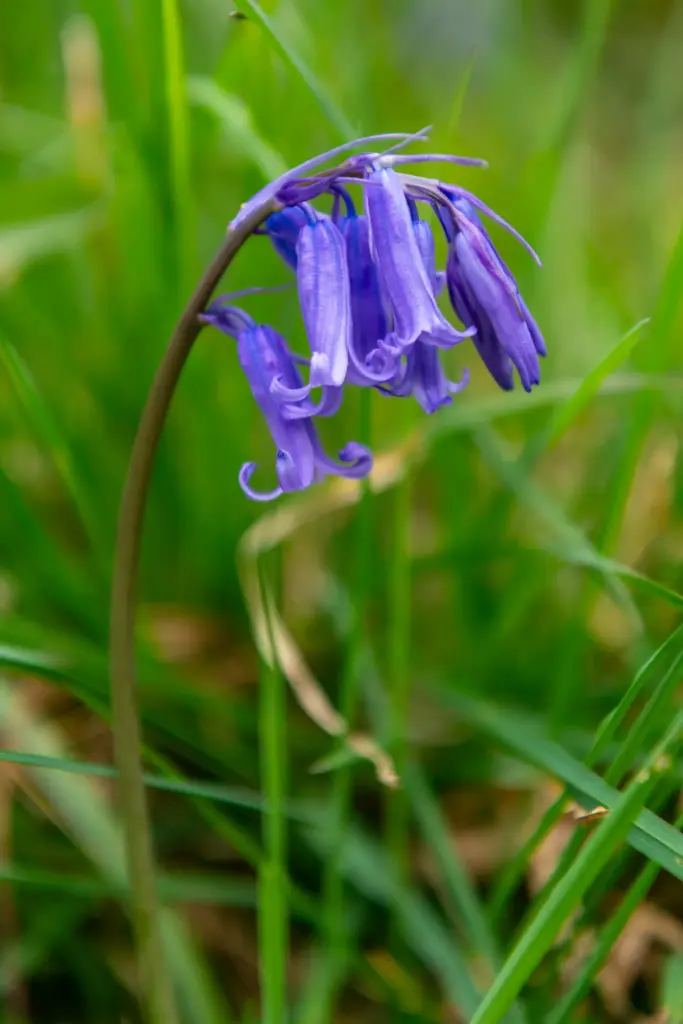
To deal with the uneven lighting, I used spot metering to measure the light directly on the flower, avoiding overexposure of the brighter background. This small adjustment ensured the details of the petals would remain crisp without losing the soft, natural glow of the ambient light.
Landscapes Full of Texture and Drama
Beyond the bluebells, the Malvern Hills opened up into breathtaking landscapes that demanded attention. One image features a scenic rural vista with rolling fields, a cluster of trees, and a moody overcast sky. This wide-angle composition (shot at 24mm) was a study in balance and depth. The dirt path winding through the foreground leads the viewer’s eye towards the distant hills, creating a sense of exploration and scale.
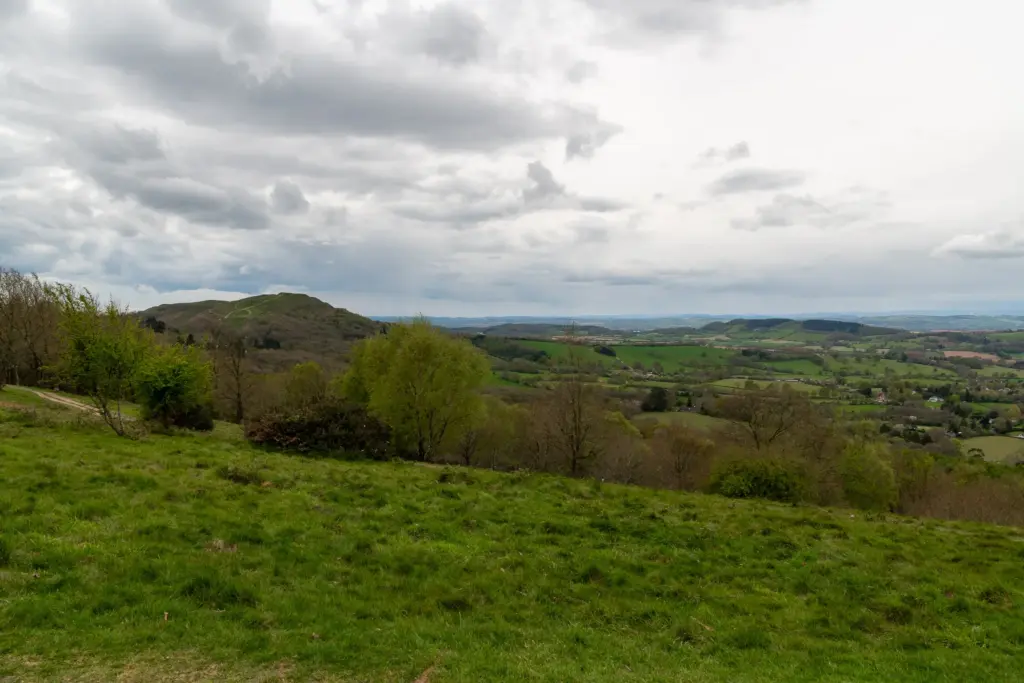
For this shot, I increased the aperture to f/22 to maintain sharpness across the frame, from the foreground to the distant buildings nestled in the valley. To help, I also used my sturdy tripod to keep the camera still. The cloudy day presented softer, diffused light, which helped bring out the textures of the grass and trees without harsh contrasts. Timing was crucial here, as I waited for a break in the clouds to reveal subtle gradients in the sky, adding drama to an otherwise serene moment.
A Highland Cow in the Spotlight
One of the more unexpected discoveries was a Highland cow lounging in an open field. Its shaggy, reddish coat stood out vividly against a backdrop of lush green grass and scattered trees. To capture this peaceful scene, I zoomed in to around 70mm, isolating the cow as the subject while retaining enough context of its surroundings.
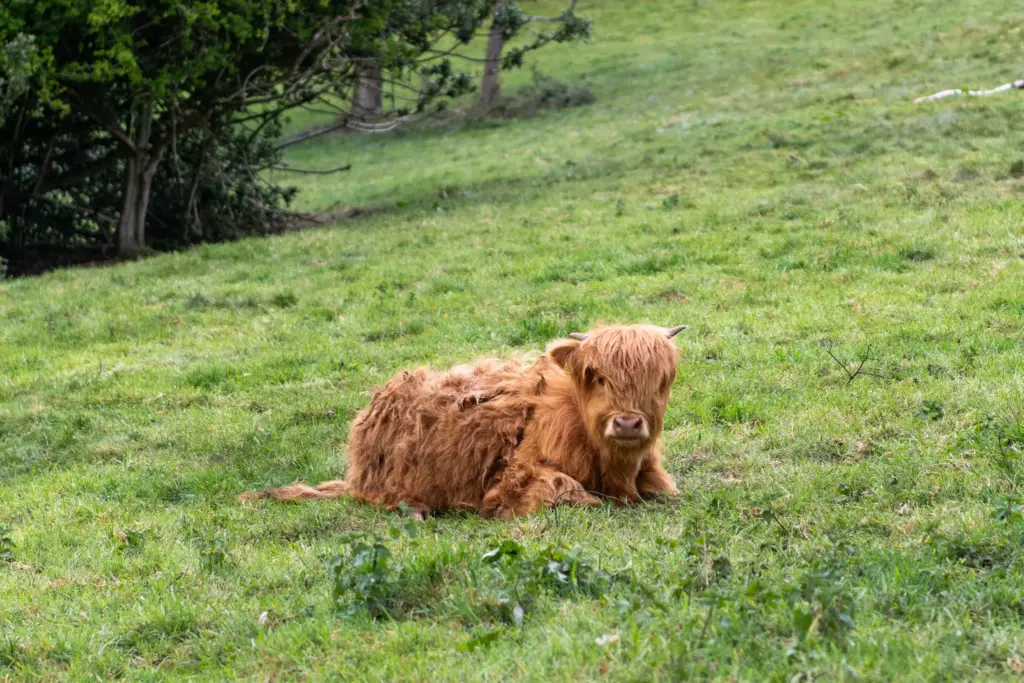
The soft overcast light proved ideal for this type of shot, as it allowed the cow’s textured fur to show its detail without excessive highlights or shadows. Framing the cow slightly off-center added visual interest, following the rule of thirds to create a more dynamic composition. I also kept the camera’s ISO as low as I could at 250 to avoid noise. In-built lens VR stabilized the shot at a slower shutter speed of 1/500 second.
A Ground-Level Symphony
Another image showcases a hillside blanketed with green foliage and scattered tiny bluebells. This natural carpet was a treasure trove of texture and color, and to do it justice, I crouched low with my camera nearly touching the ground. Shooting at this angle (using a 24mm zoom lens) allowed me to highlight the contrast between the vibrant flowers and the earthy tones of the dry ferns.
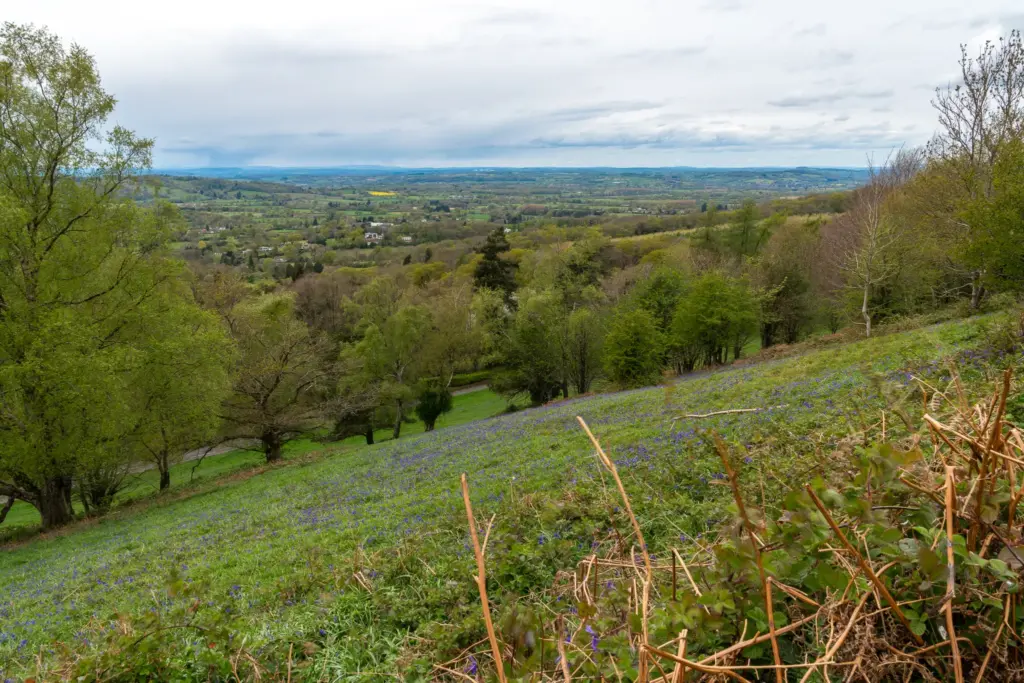
A key challenge here was maintaining focus across the uneven terrain. I used a small aperture (f/22) to achieve a deeper depth of field, ensuring that the foreground flowers, mid-ground branches, and far-ground slope were all sharply rendered. This technique, combined with mindful composition, created a layered effect that brings out the lushness of this natural scene.
Capturing the Atmosphere
What struck me most about the Malvern Hills was the atmosphere of timeless tranquility. Whether it was the quiet solitude of the rugged paths or the gentle sway of the bluebells in the breeze, each photo I took felt like a small fragment of a larger story.
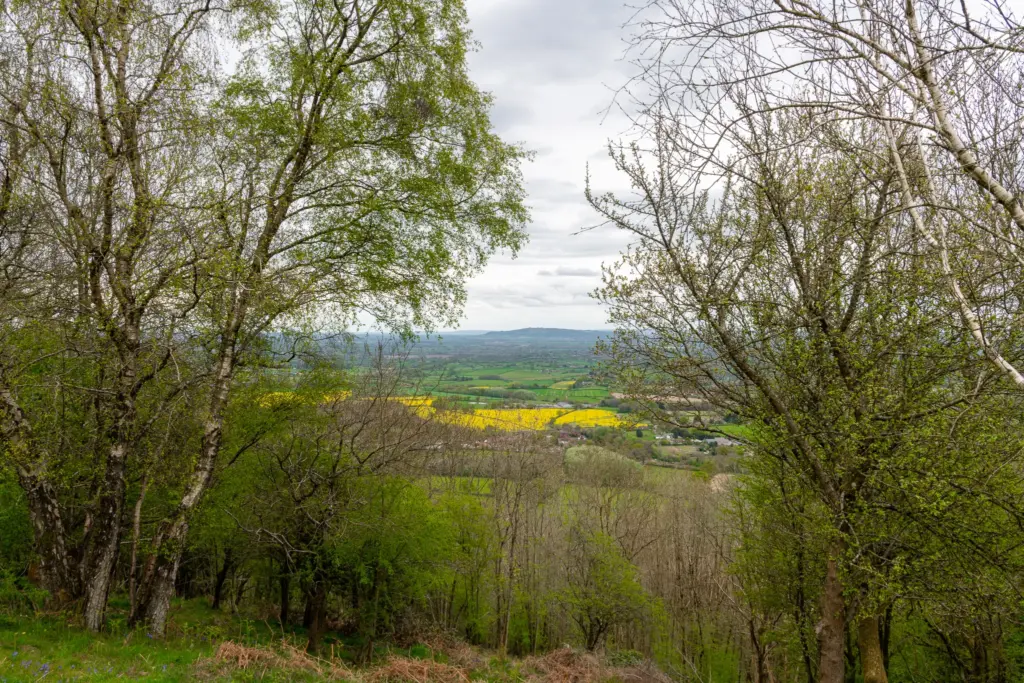
To preserve the mood, I avoided over-editing my images. Post-processing was kept minimal, focusing on fine-tuning contrast and white balance to enhance the natural tones without altering the integrity of the scenes. This approach aligned with my vision for this trip—to celebrate the unfiltered beauty of Worcestershire’s countryside.
Wrapping Up
My time in the Malvern Hills was both a technical exercise and a creative joy. From close-up flower details to sweeping landscapes and unexpected encounters with wildlife, each shot pushed my skills while rewarding me with unique compositions.
If you’ve never explored photography in this area, I can’t recommend it enough. Bring along a range of lenses, pack a sturdy pair of boots, and prepare to be inspired by the vibrant life and quiet charm of the hills. Whether you’re chasing bluebells or simply looking to immerse yourself in natural beauty, the Malvern Hills offer endless opportunities to capture moments worth savoring.

